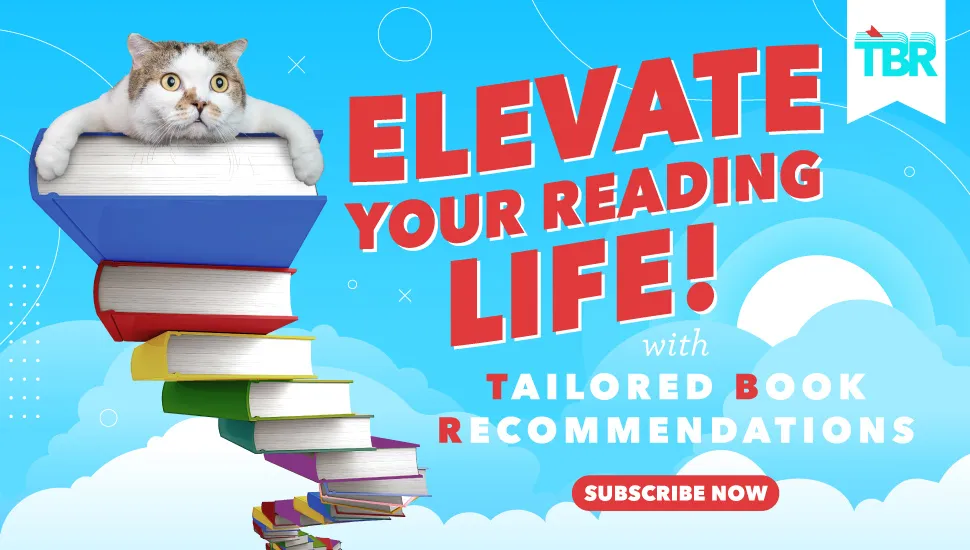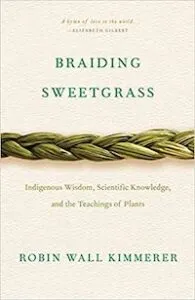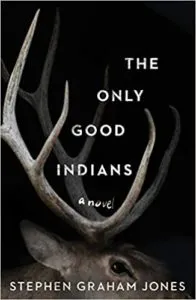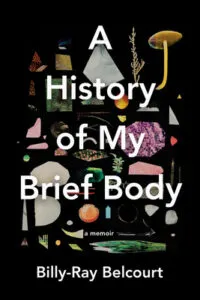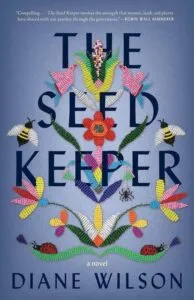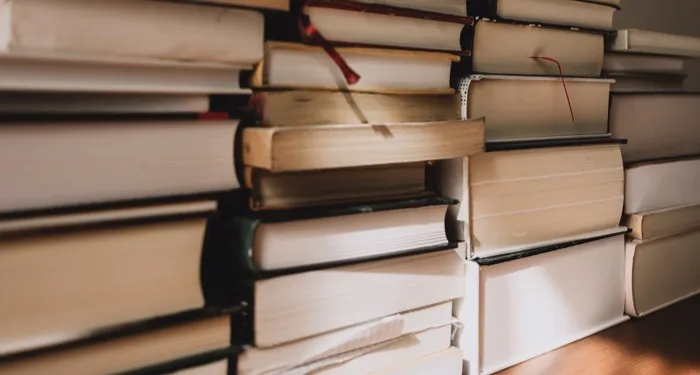
Indigenous Authors Are Held to Higher Standards
I started reading books by Indigenous authors quite late; only in 2020 did I pick up Braiding Sweetgrass by Robin Wall Kimmerer. The book was released in 2012, but it started to pop up into my social media timeline during the first year of the pandemic, and because I had started a book club with a friend with the intent of reading more diversely, Braiding Sweetgrass was added to the list.
After picking up Braiding Sweetgrass — which made for a wonderful book club discussion about a multitude of things — and after stumbling upon The Only Good Indians in my search for great horror reads, I knew it was imperative that I started reading more works which included Native life, culture, and knowledge.
The impact both these books has had in my life is such that I keep referencing and recommending them to others, and I even went as far as writing a love letter to The Only Good Indians because I can’t stop thinking about it.
As I picked up more Indigenous reads — and please know that, unfortunately, that list is still pretty small — I started to note recurring themes and patterns; I noticed in my picks a deep connection to nature, a delicate and truly beautiful way to describe it, and very often prose that reads almost like poetry.
This poetic prose was the case even in the nonfiction books I read, such as the aforementioned Braiding Sweetgrass and A History Of My Brief Body by Billy-Ray Belcourt, a memoir that deals with being Indigenous and queer. In The Seed Keeper by Diane Wilson, I also found a very poetic form of writing, a magnificent description of nature and Indigenous history.
Noticing that I am yet to be disappointed by the works of Indigenous writers, I very quickly jumped to the conclusion that you can’t go wrong with picking up a books by an Indigenous writer. Just as quickly, I started to wonder: why does it feel like I’m putting Indigenous authors in a box? Why am I suddenly claiming Indigenous authors are all amazing, no questions asked, and how dangerous is this assumption? How fast can that turn into a generalisation against a marginalised group?
My first step getting to the bottom of my assumptions was to start looking into the ways publishing mistreats, dismisses, and often overlooks, the works of authors of colour: how prejudice is still so ingrained in the publishing culture. So I considered: is the high quality of Indigenous literature distributed by mainstream publishers directly connected to the lack of diversity in publishing?
As it is to be expected with questions like this, I do not have concrete answers, nor do I think this theory is something that can easily be proved or disproved. I lack answers for a lot of what happens in publishing, but while I can’t offer proof, some things seem too obvious to disregard just because there are no concrete numbers to show for. It’s a bit like what Kimmerer tells in Braiding Sweetgrass: no scientific community will accept that kindness and gratitude can help plants grow, because there is no scientific method that can offer actual proof. But when you observe something for long enough, you know it to be truth, even if you can’t prove it in concrete ways.
No group is a monolith, and it is hard — and it can be a fault — to believe all Indigenous authors write absolutely flawlessly. I know there are at least two possible reasons why my encounter with Indigenous writing has been so fruitful. For one, Indigenous authors and authors of colour are likely unfairly held to higher standards in order to get published, because the industry is still very much controlled by white editors and publishers. They’re less likely than white authors to have a publisher take a chance on a just okay book premise.
The other likely reason for my love of all the Indigenous books I’ve read is that I probably haven’t read enough Indigenous literature to have yet stumbled upon works that are less to my liking. I’ve been picking up mostly books by well known Indigenous writers that a great majority of readers have loved and recommended.
Moreover, if we take a look at many of the stories being published, there are patterns: several focus on Indigenous struggle, showing Native people in situations of abuse. These somehow also seem to be preferred amongst white readers.
Reading diversely should not mean just reading about the struggles of people of colour: it should mean reading about cultures and people who are part of a global community, the same way we read stories about white people which are in no way connected to their heritage, but about their experiences as human beings in this world.
There should be enough representation that some of it is amazing, and some of it is mediocre — or at the very least, the same standards held to white authors should be kept all across the board. And it’s on me to to seek out diverse books to demand publishers to create some room for all of these stories. It’s on me to read books by authors of colour that tell everyday stories of individuals, and not stories of marginalized groups’ suffering.
It’s on me to do the work, and think critically about my own assumptions, and why exactly I am consuming certain books. I and other non-Indigenous readers also should be listening to Indigenous voices when they discuss their experiences with the publishing industry.
Authors and creators of colour do not owe us any teachings; we owe them the same acceptance and expectation we hold for white authors and creators.
I know that when I start stumbling upon books by Indigenous writers I don’t immediately like, that my personal reading journey is heading in the right direction.
If you, too, are looking for more Indigenous reads, here are a few articles with great recommendations:
